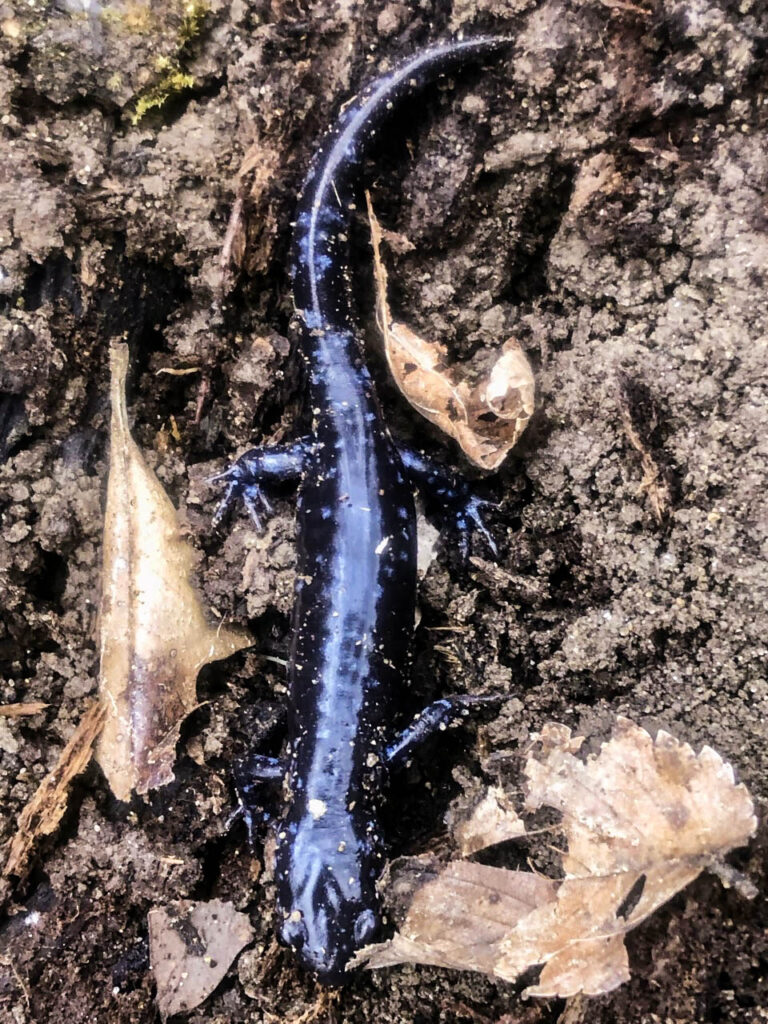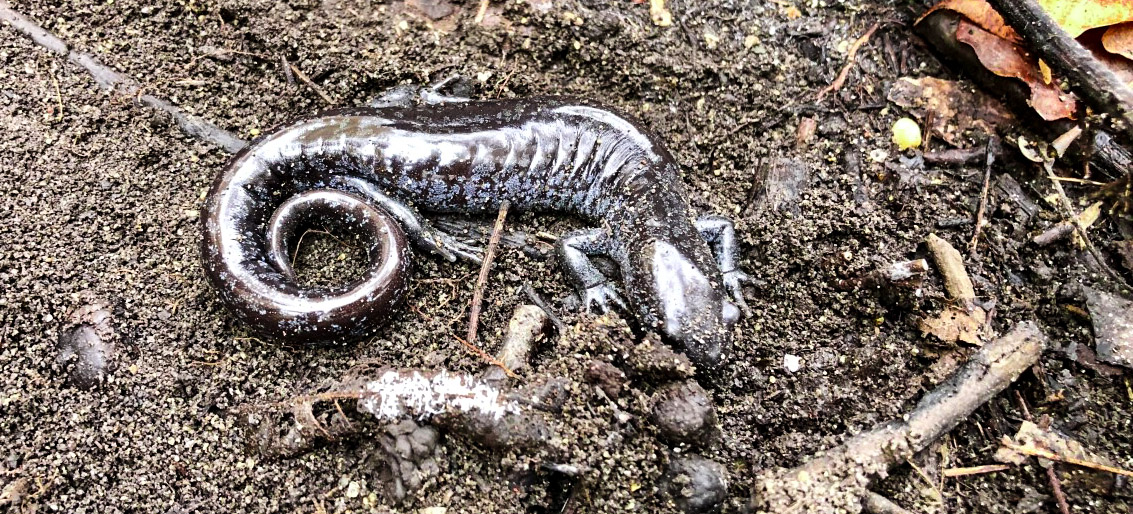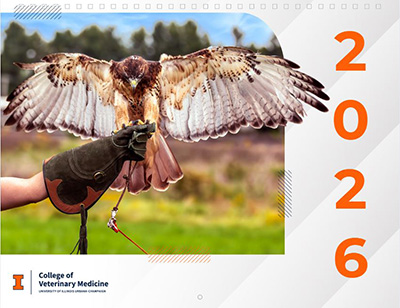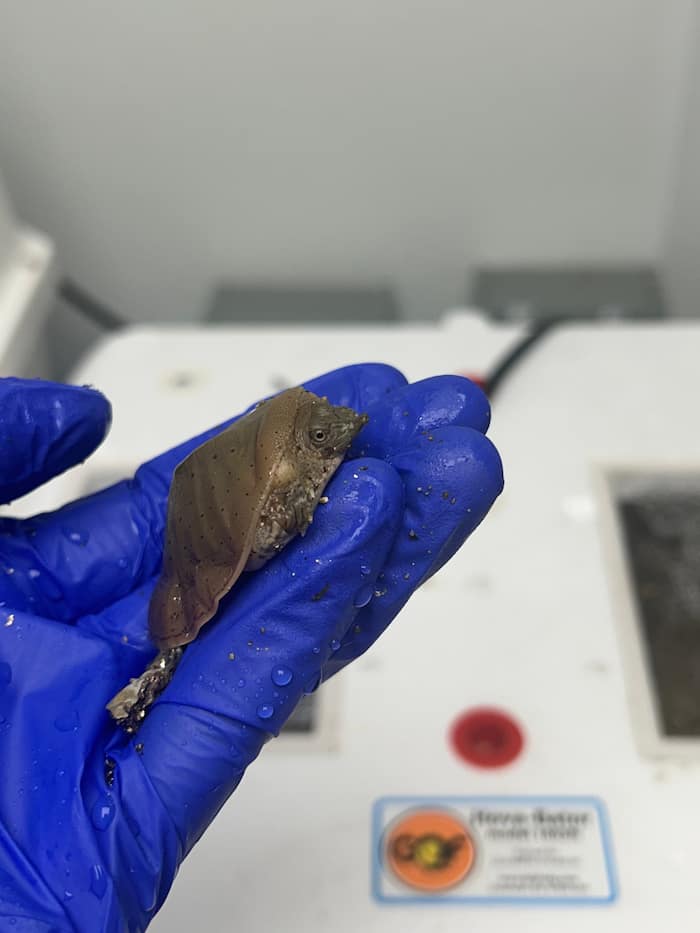Introduction to Ambystoma platineum
Illinois has such a variety of interesting animals that we never run out of amazing species to share with you! One of the lesser-known slithery species is the silvery salamander. Illinois has quite a few different types of salamanders that call our state home, one of which being the silvery salamander (Ambystoma platineum). This type of salamander is state endangered, which means that it is in danger of going extinct throughout a significant portion of its native Illinois range. Hopefully you enjoy learning about this cool animal and can gain some helpful tips to make your backyard a bit more salamander friendly!

Habitat
The silvery salamander specifically can be found in a beech-maple forest in Vermillion County, as well as some areas of Cook County. Salamanders like to live by shallow ponds that allow plenty of food and safety for them. The silvery salamander primary lives underground, coming above ground primarily to mate. One of the super interesting things about the silvery salamander is that they are an entirely female species and need to mate with a male of a different species. However, the male salamander does not contribute any genetic material to the offspring!
Salamanders eat different types of insects and other pests, including flies, worms, and mosquito larvae. These little creatures are not very picky and will really eat anything that moves and is smaller than their head (so they can swallow it).
Now, what can you do to provide a good habitat to see some salamanders in your own space? Since they are terrestrial and like to burrow, anything that will stay moist and salamanders can hide underneath is helpful. In nature, logs, small ponds, large rocks, and shady areas are optimal homes for salamanders. Much of their food is commonly naturally occurring, so the main way to attract these pest control masters is to provide some fun hiding spots
Look, Don’t Touch
With how many species of salamander live in Illinois, you never know what colors and spots you may see on these guys! Lifting rocks and logs is the best way to catch a quick glimpse, so make sure you’ve got your camera ready to get the best look. We hope you’re able to enjoy another wildlife species in your backyard. As always, the best way to enjoy wildlife is watching from a distance and not trying to catch them. Instead, take photos, and let us know what species you have at your home on our Facebook page. Happy hunting!
Written by Jamie Booth, Class of 2023




